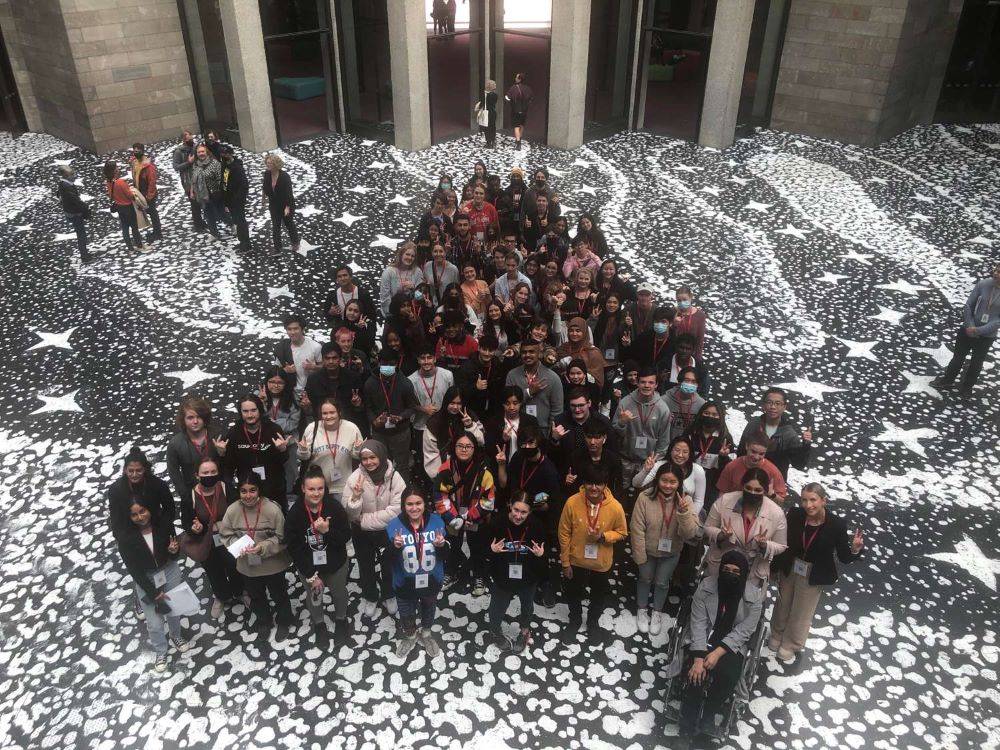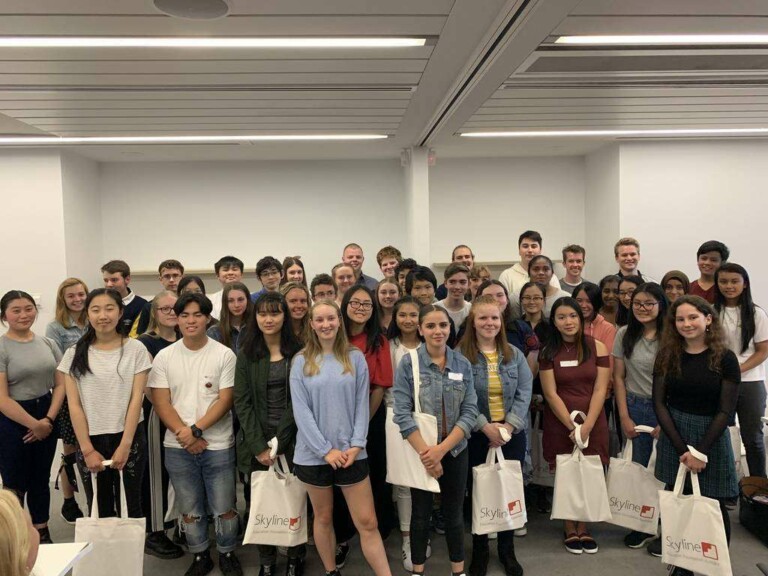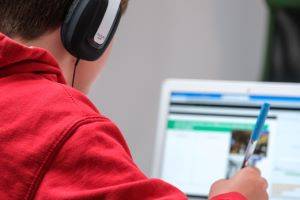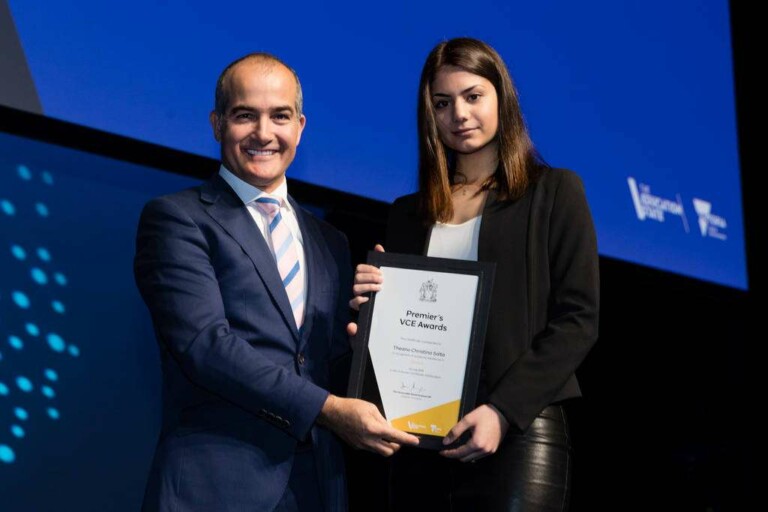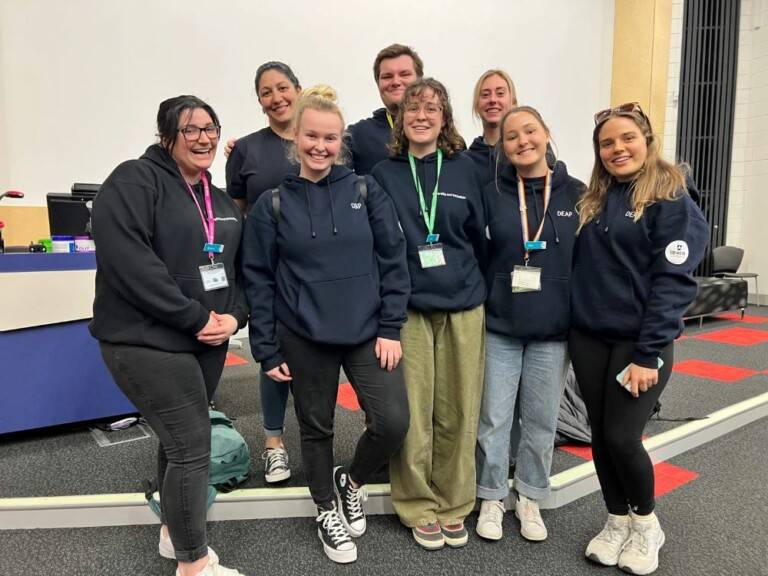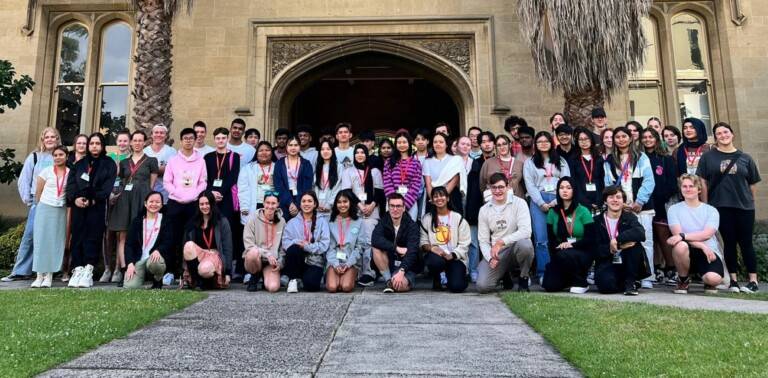Facing your fears
– Dr Elizabeth Hartnell-Young
Everyone experiences anxiety differently, but there are some common signs and symptoms: a racing heart, faster breathing, feeling tense or having aches (especially in the neck, shoulders and back), sweating or feeling dizzy, shaking and ‘butterflies’ or feeling sick in the stomach.
Fear is a primal protective mechanism in the jungle. Fear can keep us safe. But too much fear, like PTSD (post-traumatic stress disorder), can get in the way of living healthy lives. Researchers are working to understand how the brain translates fear into action.
Many of us remember the racing heart before an important interview, or feeling sick in the stomach at exam time. But for some, these symptoms of anxiety occur more frequently, and even in the form of full-blown panic attacks. Fortunately there are ways to overcome these feelings, although it might take time. Rani, a teenager I know, could not face the thought of going to camp in primary school: so many people sharing a dorm, new activities, mummy so far away. Their anxiety was extreme. But the school and their parents worked together with Rani to come up with strategies to enable them to attend. What excitement for everyone when Rani was the first to line up to tackle the flying fox over the creek! And what fun they had!
For many years, surveys have identified young people’s fears beyond taking exams or presenting in class. Over 21,000 people aged between 15 and 19 participated in Mission Australia’s recent survey (Mission Australia, 2021). They identified the top three concerns in Australia as COVID 19 (45%), the environment (38%) and equity and discrimination (35%).
Mission Australia concluded that diversity has to be specifically recognised and included when developing strategies, programs and policies for young people, and that young people need to be at the centre of policy and service design and development, to bring their unique perspective to bear on issues that affect them and on the development of solutions.
Positivity
Positivity is a popular theme at present. Nick Luxmoore, writing for Psychology Today, suggests that adults have a role to play in exacerbating young people’s fear and dread of the future. When adults – parents, teachers, well-meaning authorities – are constantly urging young people on, and expecting them to be excited, it can have the opposite effect, leading to panic and regression (Luxmoore, 2019). He says that ‘relentless positivity can do more harm than good’. And for some, having freedom in their lives is scary, because of all that could go wrong. If you have the potential to do great things, you also have the potential to fail and to make bad choices. The thought of that can be terrifying.
Healthy positivity means making space for both reality and hope, but Goodman (2022) cautions that positivity can be toxic when it denies an emotion and forces us to suppress it. Toxic positivity influences us to think that an emotion is negative, and if we try just a little bit harder, we can eliminate it entirely. This means that when parents, teachers and friends see people in crisis we must be authentic, recognising rather than sugar coating the difficulties. We need to be careful of the language we use and the timing of our responses.
Considering diversity, Gagné (2007, p. 98), argues for a more personalised approach to high ability students, and refers to the unfortunate tendency to use ‘improper hyperbole’, like ‘exceptional’ or ‘incredible’ that sets people apart. He also cautions against competitive dreaming as it’s fine for students to consider more modest but still highly desirable personal achievement goals that make use of their gifts and talents.
What would you do if you were not afraid?
It has become popular for young people to take a gap year, often after finishing school and before studying again. It can be a time to take a risk, save some money, travel or work in an area of interest. But you can take a gap year at any age, and it seems to be increasingly popular amongst women (Poitevien, 2021).
Leonie Katekar is one of the growing number of people taking a gap year. Leonie felt like an actor in her own life, lacking purpose and desperately needing to ‘refind’ herself. Although she had been a successful doctor in rural and indigenous communities, something was missing. As she says ‘I was going through the motions of being happy and successful, but I had lost my internal compass. I had lost my mojo’.
A keen cyclist, Leonie decided to plunge herself into the unknown, embarking on a 12,000 kilometre solo bike-packing expedition. She planned her itinerary meticulously, and studied some Spanish to assist communication, but was not so well prepared for the brake failure on her bike, or the puncture in her tubeless tyre! Nonetheless she survived and learnt a great deal about herself.
When We’re Not Afraid (Katekar & Hill, 2022) shares Leonie’s journey from north to south through nine countries in Central and South America, including a trip to the Galapagos. Her story is about taking risks, resilience, overcoming both the physical challenges of extreme elevations and internal anguish while experiencing a world of beauty and inspiration.
One of Leonie’s goals was to raise money for the Fight Cancer Foundation which supports children and families, through the blog of her journey. Thanks to the reliable telecommunications infrastructure in South and Central America, she was able to post regularly about the challenges of the day, and to encourage donations, raising $20,000 by the time she had reached Patagonia.
She travelled alone, and in lonely landscapes, and in the book reflects on her personal growth. Leonie’s key guiding question is ‘what would you do if you were not afraid?’ and her book is an inspiration to all of us, not just cyclists, who are making potentially life changing decisions.
As Leonie says
My story is about life and not being afraid. And it is about death of the old self and paving the way for the new. While away bike packing, every day was a new day in which I had to let go of old habits. Consequently, I feel like I am starting again, and that I have a lifetime of things already learned that will guide me into the future.
You can hear more from Leonie in her chat with me at tinyurl.com/35hu225b.
Thanks to our relationship with The Cairnmillar Institute, Skyline can provide support to our students and alumni experiencing anxiety or fearfulness. Please make contact through Skyline.
References
- Gagné, F. (2007). Ten Commandments for Academic Talent Development. Gifted Child Quarterly, 51(2), 93-118. Retrieved from https://www.researchgate.net/publication/249827397_Ten_Commandments_for_Academic_Talent_Development
- Goodman, W. (2022). Toxic Positivity. New York: Tarcher Perigee.
- Katekar, L., & Hill, G. (2022). When we’re not afraid. Melbourne: Melbourne Books.
- Luxmoore, N. (2019). Why Young People Fear The Future. Retrieved from https://www.psychologytoday.com/au/blog/young-people-close/201902/why-young-people-fear-the-future
- Mission Australia. (2021). Mission Australia Youth Survey Report Retrieved from https://www.missionaustralia.com.au/content/item/631-mission-australia-
- Poitevien, J. (2021). The rise of the adult gap year. Retrieved from https://www.cntraveler.com/story/the-rise-of-the-adult-gap-year

